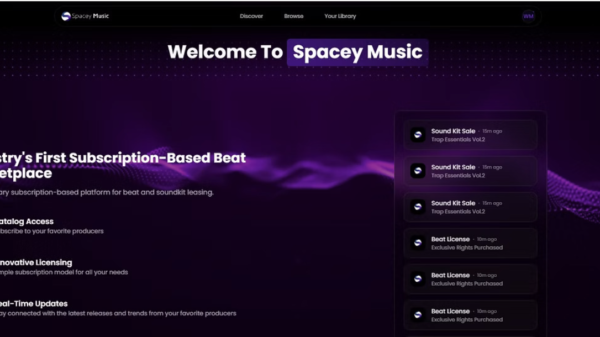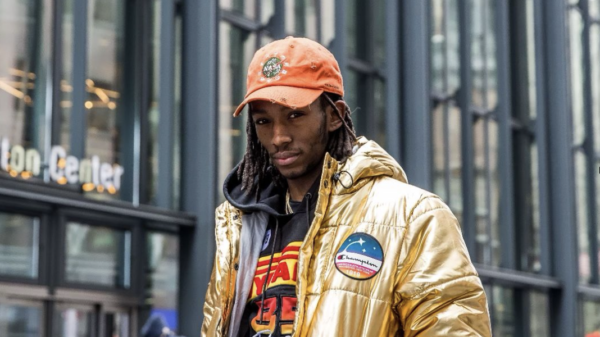While stories about megastar artists like Kendrick Lamar and Beyoncé quickly selling out stadium tours have dominated the headlines this summer, this focus on acts performing at the highest rungs of the concert business has created a somewhat distorted view of the live music space. The reality is that only a few dozen artists at any one time are capable of selling more than 100,000 tickets, while most established live artists sell on average between 4,000 to 8,000 tickets per show.
That’s led to a reset in terms of how the concert business views new venue construction. From the 4,500-capacity Pinnacle in Nashville to the 4,000-seat Wylie venue in Pittsburgh, Pa., Live Nation and AEG are currently building roughly 25 mid-sized venues in North America — effectively growing their portfolios of 2,000 to 7,000 capacity venues and theaters, many in smaller mid-sized markets, to service more fans and artists across North America.
Related
This marks a shift from the pre-pandemic push to open smaller clubs and GA theaters (typically capacities of 1,500 or less) in major metropolitan markets like Los Angeles, which has seen a renaissance in club openings, from the new Bellwether in Downtown L.A. to the 750-capacity Pacific Electric in the city’s Chinatown neighborhood from Mumford and Sons’ Ben Lovett. In addition to these smaller venues, much of the venue construction in the past two decades also focused around large sports facilities, including 19,000-capacity-and-above arenas as well as large stadiums.
According to Brent Fedrizzi, who serves as president of AEG Presents North America, the emphasis at the company today is to build mid-size venues that can easily scale to accommodate larger audiences and larger ticket grosses.
“Four thousand to 5,000 seats and up is really the sweet spot right now in terms of venue construction,” explains Fedrizzi, who recently announced a new 4,000-capacity club in Austin as part of the city’s River Park development. That’s in addition to new AEG projects like the Pinnacle at Nashville Yards, the 3,950-cap Mission Ballroom in Denver and a flexible 4,250-capacity theater being developed in Portland, Ore., with partner Monqui Presents — all of which fit the profile for the types of venues the company plans to develop over the next decade.
“It’s still big enough where the production can be world-class and require multiple trucks while still ensuring fans get a full experience, especially in underserved markets,” says Fedrizzi. That applies to acts like Mumford and Sons, Widespread Panic, Bailey Zimmerman, Goose, 311, Leon Bridges and even “Weird Al” Yankovic — midsized, often veteran acts capable of selling 3,000 to 5,000 tickerts in most major markets who are often in need of a place to play.
Related

There have been occasional hiccups. In Portland, Maine, city leaders just agreed to a 180-day pause on a plan to build a 3,300-cap venue downtown after local residents protested the proposed venue and its impact on local traffic and congestion. But other projects have seen little local opposition.
“We’re looking for an elevated experience that’s a step above the club level but also doesn’t see our shows shoehorned into a cutdown arena that really doesn’t make sense,” said Roy Weissman, manager for Joe Bonamassa. Weissman said he likes how some venues use curtaining systems to make themselves look more intimate for smaller shows. The Greek Theatre in Los Angeles even uses military-style camouflage and fake planters, allowing the amphitheater to scale down from 5,700 seats to 2,000 for smaller artists.
By the same token, it’s very difficult to tour shows with elevated production, especially those with enhanced audio-visual elements, for concerts with fewer than 2,000 fans per night. Most music managers agree that it takes more than 20 dates at venues between 2,000 to 3,000 seats to make a tour sustainable. The problem is that venues of this size are in short supply. As Live Nation chief executive Michael Rapino recently pointed out on an investor call, this limits mid-size artists to playing only large metropolitan areas that house large venues, effectively creating “mini-residencies” in the country’s largest cities while ignoring the rest of the country.
There is concern among some in the music industry that a focus on larger venues instead of smaller clubs, where many acts get their start, will lead to a lack of artist development and mean fewer opportunities for new acts. A recent report by the National Independent Venue Association found that two-thirds of independent venues in the United States operated at a loss in 2024. It argued that structural changes to the concert business that make it easier for indie promoters to compete with the likes of Live Nation and AEG, rather than new venues, are what is needed for the live business.
But officials at Live Nation, including company president Joe Berchtold, contend that strong post-pandemic demand and a 25% ticket sales lift from 2023 to 2024 shows that now is the time to expand the country’s venue infrastructure, betting on medium-capacity facilities in smaller cities with enhanced acoustics and sightlines. Berchtold said the $1 billion investment in venues is expected to generate $2.9 billion in economic activity in smaller markets where fans live and want to see shows, noting that “fans deserve access to unforgettable live music, without having to drive hours to a major city.”





























